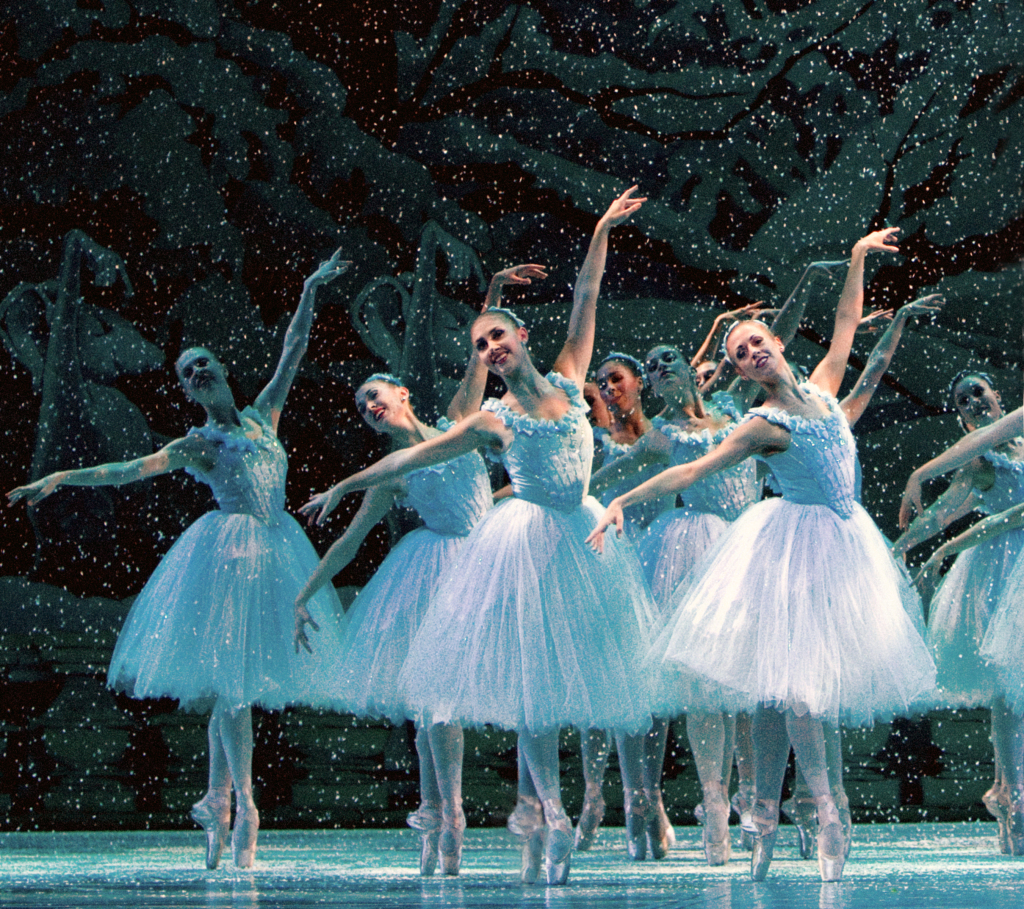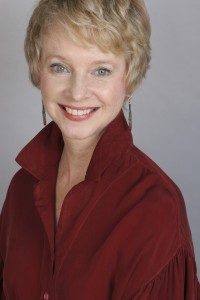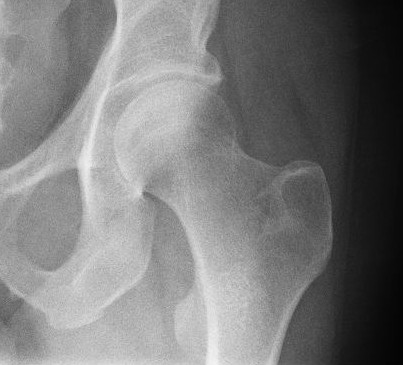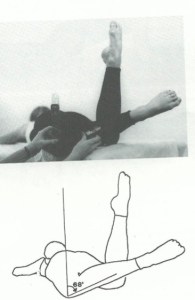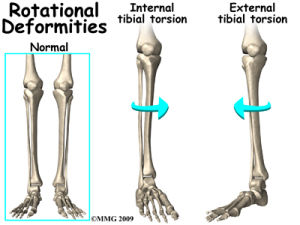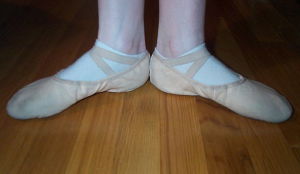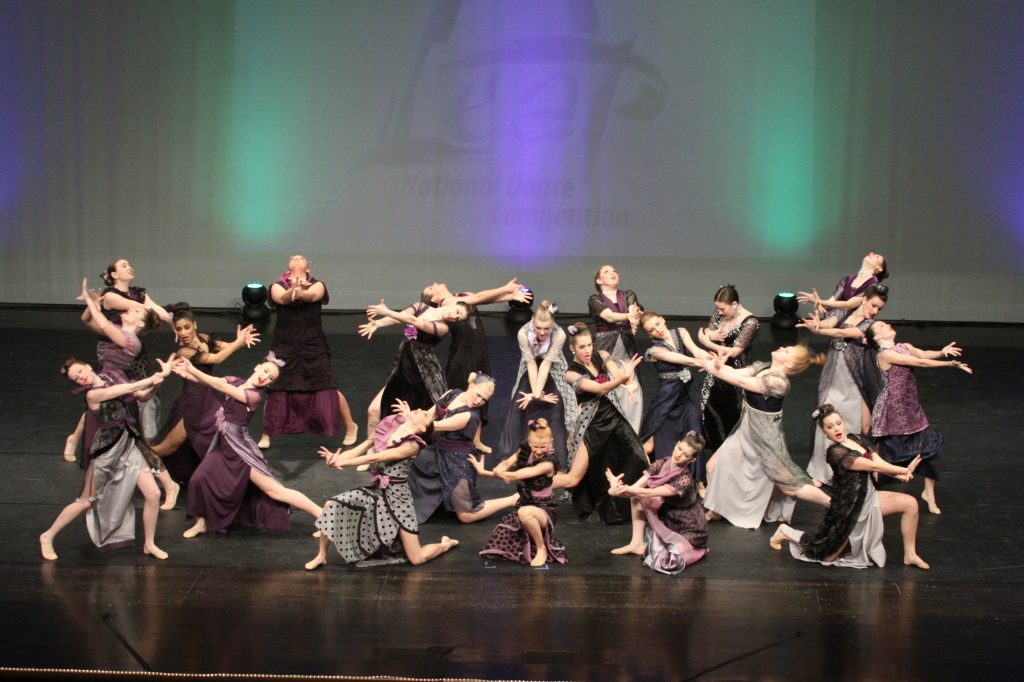by Christopher Duggan
Jacob’s Pillow Dance just announced four dance companies that will be performing at the festival next summer 2015: Martha Graham Dance Company, Michelle Dorrance / Dorrance Dance, Jessica Lang Dance and New York Theatre Ballet.
I have photographed three of these dance companies at the festival in past years, and I’m looking forward to photographing more dance next summer. A look back below.
Jessica Lang Dance
See more by visiting Christopher’s blog entry on Jessica Lang at the Pillow.
Martha Graham Dance Company
See more by visiting Christopher’s blog entry on Martha Graham Dance Company at the Pillow.
Michelle Dorrance / Dorrance Dance
See more by visiting Christopher’s blog entry on Dorrance Dance at the Pillow.

He photographs dancers in the studio and in performance, for promotional materials, portraits and press, and he often collaborates with his wife, Nel Shelby, and her Manhattan-based dance film and video editing company Nel Shelby Productions (nelshelby.com). Together, they have documented dance at performances from New York City to Vail International Dance Festival.
Christopher Duggan Photography also covers the finest wedding venues in the Metropolitan and Tri-State areas, in Massachusetts and the Berkshires, and frequently travels to destination weddings.
His photographs appear in The New York Times, The Huffington Post, The Knot, Destination I Do, Photo District News, Boston Globe, Financial Times, Dance Magazine, and Munaluchi Bridal, among other esteemed publications and popular dance and wedding blogs. One of his images of Bruce Springsteen was added to the Rock & Roll Hall of Fame and his dance photography has been exhibited at The National Museum of Dance and Jacob’s Pillow Dance Festival.
His Natural Light Studio (http://www.christopherduggan.com/portfolio/natural-light-studio-jacobs-pillow-photography/) at Jacob’s Pillow is his most ambitious photography project to date – check out his blog to see more portraits of dance artists in his pop-up photo studio on the Pillow grounds.





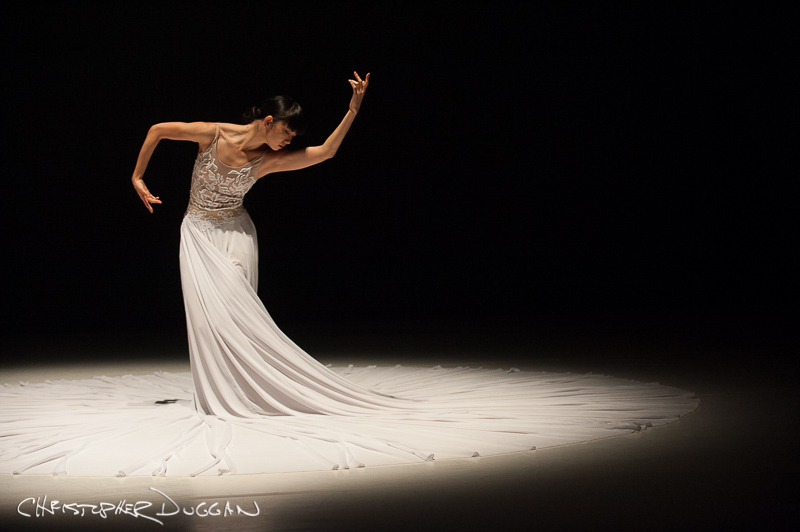
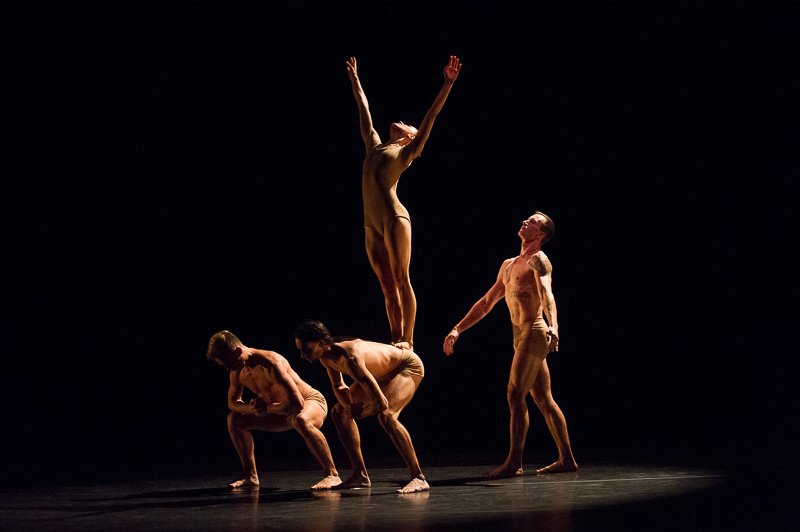
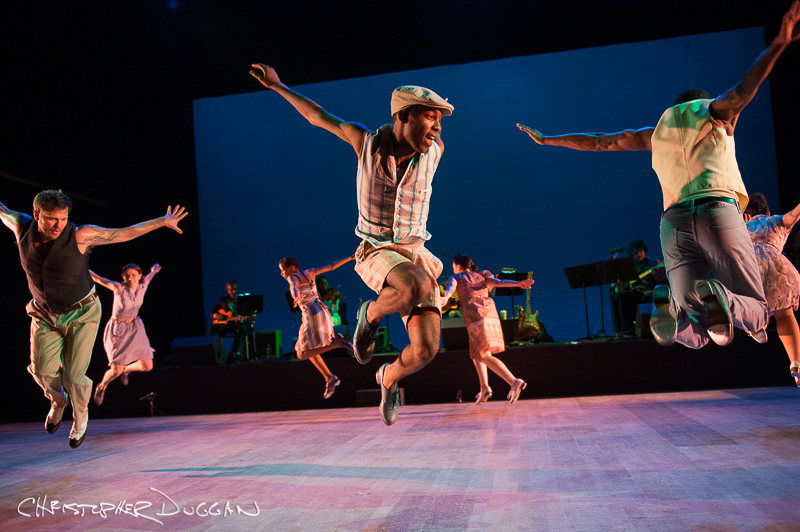
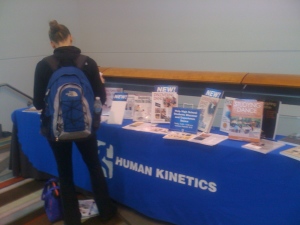
![photo[1]](https://4dancers.org/wp-content/uploads/2014/11/photo11-225x300.jpg)


